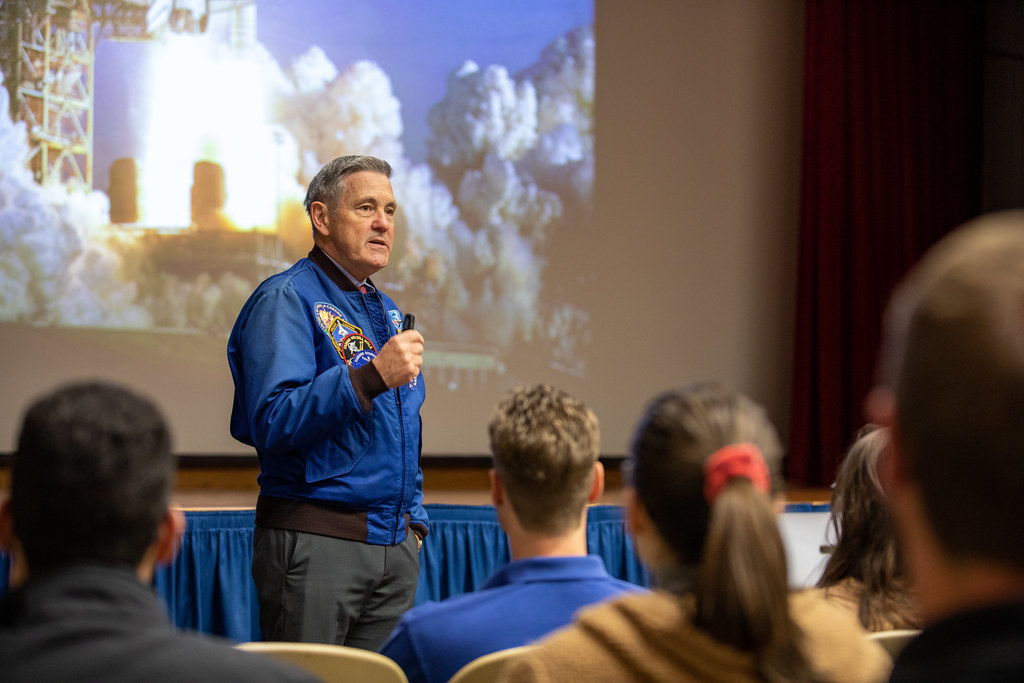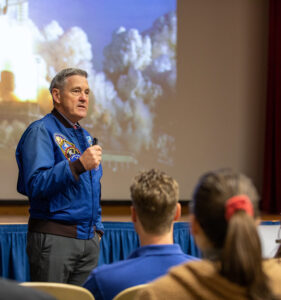In today’s rapidly evolving business landscape, organizations must prioritize the development and growth of their employees. Employee development and coaching play a crucial role in enhancing performance, improving job satisfaction, and driving organizational success. This lecture will delve into various aspects of employee development and coaching, shedding light on identifying development needs, coaching techniques, mentoring, creating a learning culture, and aligning performance management with career development.
10.1 Identifying Employee Development Needs
To effectively develop employees, it is essential to identify their development needs accurately. This involves assessing both individual and organizational requirements. Employee development needs can be determined through various methods such as performance evaluations, skills assessments, feedback mechanisms, and surveys. By understanding these needs, organizations can design targeted development programs and initiatives that address specific skill gaps and promote individual growth.
10.2 Coaching Techniques and Approaches
Coaching is a powerful tool for unlocking an individual’s potential and enhancing their performance. It involves a collaborative and supportive relationship between a coach and an employee, aimed at developing skills, improving performance, and achieving professional goals. Effective coaching techniques include active listening, providing constructive feedback, setting SMART (Specific, Measurable, Achievable, Relevant, Time-bound) goals, and offering guidance and support. Coaching can take various forms, such as one-on-one sessions, group coaching, or peer coaching, depending on the context and the needs of the employee.
10.3 Mentoring for Professional Growth
Mentoring plays a vital role in fostering professional growth and development. It involves a more experienced individual (the mentor) guiding and supporting a less experienced individual (the mentee) in their career journey. Mentoring relationships provide mentees with valuable insights, knowledge, and guidance, enabling them to enhance their skills, navigate challenges, and make informed career decisions. Mentors, on the other hand, derive satisfaction from sharing their expertise and contributing to the growth of others. Organizations can establish formal mentoring programs or encourage informal mentorship to create a culture of continuous learning and development.
10.4 Creating a Learning Culture in the Workplace
Developing a learning culture within an organization is essential for employee development and growth. A learning culture emphasizes the value of ongoing learning, knowledge sharing, and skill development at all levels. It encourages employees to seek learning opportunities, experiment with new ideas, and embrace a growth mindset. Creating a learning culture involves providing access to learning resources, supporting continuous training and development initiatives, fostering collaboration and knowledge sharing, and recognizing and rewarding learning achievements. Such a culture cultivates engaged and motivated employees who are eager to learn and contribute to the organization’s success.
10.5 Performance Management and Career Development
Aligning performance management with career development is crucial for employee engagement and retention. Performance management processes should not only focus on evaluating past performance but also on identifying areas for improvement and setting future goals. By linking performance management with career development, organizations can provide employees with a clear roadmap for their professional growth. This includes regular feedback and coaching sessions, career planning discussions, and opportunities for skill development and advancement. When employees see a direct connection between their performance and their career progression, they are more likely to be motivated and committed to achieving their goals.
In conclusion, employee development and coaching are integral to the success of any organization. By identifying development needs, employing effective coaching techniques, promoting mentoring relationships, fostering a learning culture, and aligning performance management with career development, organizations can unlock the potential of their employees and create a thriving and engaged workforce.
References:
- Armstrong, M., & Taylor, S. (2014). Armstrong’s Handbook of Human Resource Management Practice. Kogan Page Publishers.
- Whitmore, J. (2009). Coaching for Performance: GROWing People, Performance, and Purpose. Nicholas Brealey Publishing.
- Kram, K. E., & Isabella, L. A. (1985). Mentoring alternatives: The role of peer relationships in career development. Academy of Management Journal, 28(1), 110-132.
- Bersin, J. (2014). Becoming irresistible: A new model for employee engagement. Deloitte University Press.
- Phillips, J. J., & Gully, S. M. (2015). Strategic staffing. Pearson.


